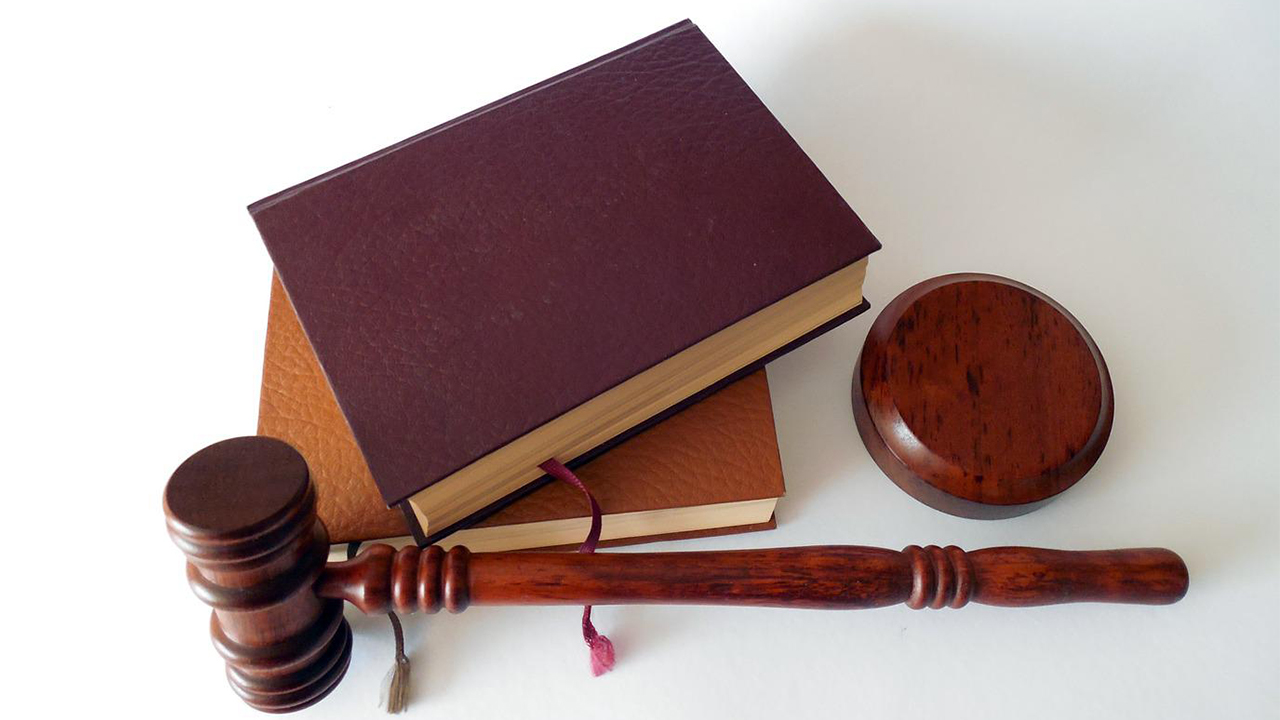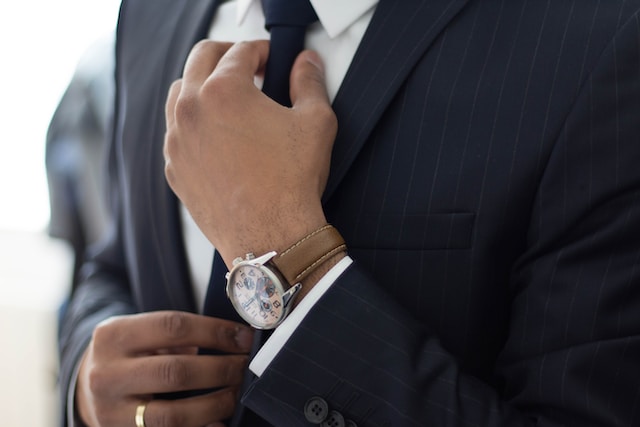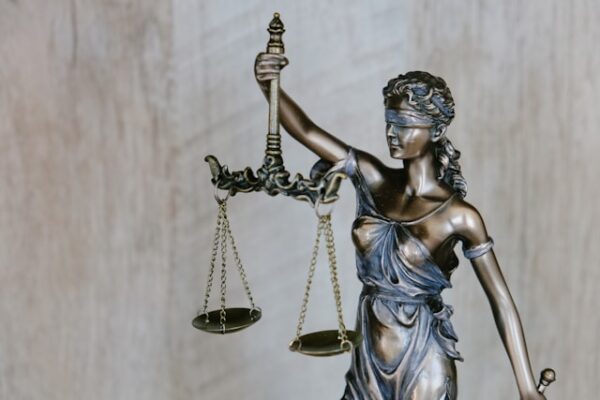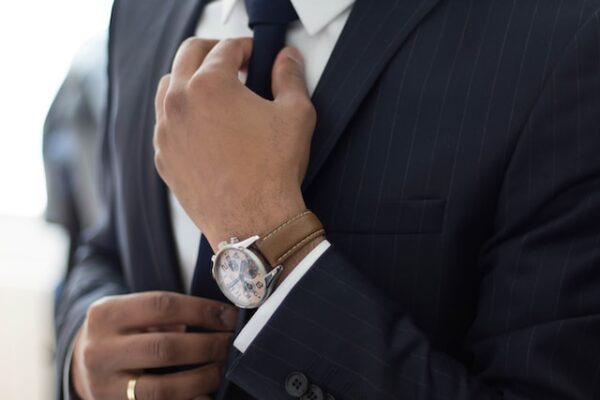General characteristics
In the U.S., there is no term “lawyer”, where practicing lawyers are divided into members of the bar association and all others: employees of law firms, business legal advisors, and sole proprietors. There is no such division in the USA since every practicing lawyer must be licensed to practice law and this license is granted on the basis of an examination administered by a bar association, i.e. the Bar Association. The most commonly used terms for a lawyer in the US are “lawyer” (i.e. a lawyer) and “attorney at law” (a term with a slightly narrower meaning).
All lawyers in the U.S. can be divided into three groups:
- practicing lawyers;
- those with a law degree who perform functions not directly related to the law;
- Lawyers devoted to research and teaching.
Legal practitioners represent the most significant professional group and, in turn, are divided into: - Private practitioners (more than 700,000);
- Corporate lawyers (full-time paid employees of legal services)
- Lawyers of state agencies (full-time employees of legal services of departments of executive power, administrative agencies, local authorities, lawyers from the departments of “public defenders”, whose activities are paid from the state budget);
- judges (a separate category within the group of lawyers engaged in practice; judicial positions are filled by lawyers from among those with practical legal experience in the bar, business, and legal services of government agencies; there are about 1,200 federal judges and about 30,000 state and local judges).
Persons with a law degree who perform functions not directly related to the law constitute a special category. They are individuals who have retired from the practice of law or scholarship and have devoted themselves to a career in politics or business.
Thus, a person who has graduated from a law school, if he or she does not immediately choose an academic career, usually begins working in the bar or in court as a clerk (referent, assistant) to a judge or in the staff of legal services and prosecution bodies in junior positions.
There are no rigid boundaries within the above groups of lawyers, directing a person along only one path: the U.S. legal profession is characterized by high turnover and mobility. The transition from private legal practice to public service and back is a common phenomenon. Judges are usually drawn from politically active and experienced attorneys. Many prosecutors in turn also become judges.
Within the legal profession, the most prestigious jobs are those of a judge (especially a federal, lifelong position); somewhat lower in social prestige are corporate lawyers and academic lawyers (law professors), followed by administrative agency lawyers and government attorneys.
In the U.S. legal profession private practitioners are the dominant group: about 1 lawyer per 500 people.
Lawyers in the U.S. defend defend defendants in criminal cases and represent parties in civil cases. The fact that lawyers in the U.S. are not divided into any categories does not exclude their specialization in certain issues and types of activities. Many large law firms specialize in litigation against specific groups of firms such as tobacco companies. In the USA there is no functional division of lawyers as in England (division into solicitors and barristers), but they have considerable powers besides defense, representation and consulting: lawyers can also be engaged in private investigation, represent punitive and other state bodies, perform notarial functions.
Ordinary Americans are respectful of specific lawyers whom they know personally and whom they can turn to for help in difficult situations, but distasteful of the legal profession as a whole. The reasons for the high prestige of the profession lie to a large extent in the commitment of Americans to judicial and legal forms of conflict resolution that require legal support. For example, in the USA it is unthinkable to go to a court hearing, even in a minor civil case, without a lawyer.
The police have no right to fine a driver for speeding and send the relevant material to court. It is not profitable for the driver to get fined in court because it causes the insurance company to increase the premium, and repeated speeding will be considered a recidivism. Therefore, an attorney is sent to court stating that his or her client will not plead guilty to the speeding charge. Consequently, the judge is required to call witnesses and request additional evidence. The lawyer adds that his client admits that he broke the car parking rules. The judge has the right to make a similar deal with the lawyer, assigning the client the same fine, but without the aforementioned unpleasant consequences.
At the same time it should be noted that sometimes the activities of lawyers can bring not only benefit, but also tangible harm. For example, the epidemic of lawsuits against companies that used asbestos in the production of construction works, which is considered a dangerous carcinogen, led to the bankruptcy of 67 firms. Some of the companies suffered because they supplied raw materials to the firms that were sued.
It is impossible not to mention the lawsuit of an American woman who was burned by the hot coffee she bought at McDonalds and won $150,000 in compensation. This lawsuit was only the first in a series of such lawsuits. In 2002, lawsuits were filed against fast-food chains blaming the plaintiffs for their obesity and health problems.
In the U.S. there is no statutory instrument stipulating the rights and obligations of an attorney in the judicial process. The basic principle of a lawyer’s participation in court proceedings is enshrined in the Sixth Amendment to the U.S. Constitution (1791) that “the accused has the right to be informed of the nature and grounds of the charge; he has the right to confront the witnesses testifying against him, the right to compel witnesses on his part and to have a lawyer for his defense.”
This amendment has been developed in a number of court decisions.
In 1963, in Gideon v. Wainwright, the U.S. Supreme Court ruled that the Sixth Amendment right to counsel is fundamental and necessary to a fair trial.
In 1966, in Miranda v. Arizona, the Supreme Court imposed a duty on state authorities to take express measures to safeguard a person’s rights against possible police violations. Those rights include: (1) the right not to testify; (2) the right to be advised that anything a person says to the police can and will be used against him in court;
3) the right to have a defense lawyer before or during the interrogation; 4) the right to appoint a defense lawyer if the person lacks the means to pay for one.
According to the Supreme Court’s 1977 decision in Brewer v. Williams, the right to counsel extends to the initiation, preliminary hearing, indictment, or arraignment stages of a dispositional hearing. However, the right to counsel does not extend to proceedings before a grand jury or to the taking of photographs for identification purposes or blood or handwriting samples. The right to counsel extends to pretrial identification because this process involves a conflict of interest, as does the trial.
This was affirmed in United States v. Ash, in which the Supreme Court ruled that an attorney must participate in those proceedings where he can assist the defendant “to deal with legal problems or give advice when confronted by another litigant. “1
The organization that decides whether a law school is officially recognized is the American Bar Association (ABA), authorized by the U.S. Department of Education, which approves, among other things, a list of requirements that a law school must meet. Among these requirements are the presence of a certain number of qualified teachers, suitable and convenient facilities for classes, a certain minimum budget, a quantitative and thematic minimum of educational, reference and regulatory publications in the library, the presence of certain curricula, etc.








